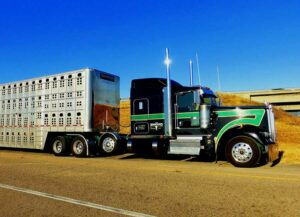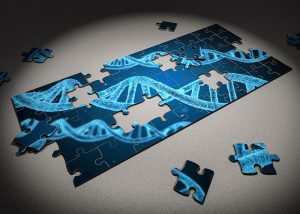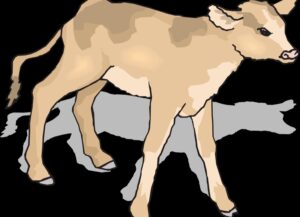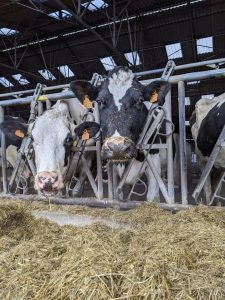Nuria García
One of the main objectives of feed management in high-production dairy cows is that they achieve high nutrient intake. In dairy production systems based on pasture feed, but where the cows still remain confined, this is achieved by improving the quality of the grass silage and/or increasing the concentrate in the diet.
Both approaches tend to reduce the concentration of dietary effective fiber which could have negative impacts on rumen function and digestive efficiency. In addition, this situation can be aggravated if the cows offered high-quality silage are supplemented with higher amounts of a starch-based concentrate, which can potentially affect the health and functionality of the rumen. Under these circumstances the production of VFAs increases above their absorption rate and buffering capacity, which can reduce the pH, cause rumen acidosis and decrease feed intake.
In these scenarios adding chopped straw to the ration is sometimes recommended to increase the effective fiber of the diet. The inclusion of straw increases the time feed remains in the rumen, allowing other dietary components to be digested and absorbed more efficiently, while increasing saliva production that helps stabilize rumen pH. The inclusion of straw however can reduce total DM intake because of its high content of slowly fermentable structural carbohydrates.
A group of researchers (Craig et al. 2020) examined the effects on cow performance of the type of concentrate (starch or fiber-based) with or without the inclusion of straw when administered together with a very high-quality grass silage.
The grass silage had the following characteristics (DM basis): 41.8% DM; 17.0% protein and 12.1 MJ/kg of metabolizable energy (ME; 2.89 Mcal/kg). Concentrates with high starch had 37.3% starch and 25.8% neutral detergent fiber (NDF). In contrast, the high-fiber concentrate contained 23.7% starch and 33. 9% NDF. Both concentrates had similar ME concentration (average: 18.0 MJ/kg).
In the straw-free dietary treatments silages and concentrates were offered as a complete mix ration at the ratio of 57:43 DM basis. In the treatments with straw, chopped straw was added at 4% of the total DM, replacing part of the grass silage.
Effect of different diets on productive parameters
Both silage DM intake and total DM intake were reduced in cows in the group fed high fiber concentrate relative to the high starch concentrate (14.2 vs. 14.7 kg/day in the former and 25.3 vs. 26.1 kg/day in the latter, respectively), and with the inclusion of straw (13.7 vs. 15.1 kg/day in the former and 25.4 vs. 26.0 kg/day in the latter, respectively).
Neither the type of concentrate nor straw inclusion affected milk production (33.1 kg/day), milk fat concentration (4.5%) or yields of milk fat (1.47 kg/day) or protein (1.24 kg/day). Cows offered the high-starch concentrate however, had higher milk protein concentration than those offered the high-fiber concentrate (3.81% vs. 3.73%). The inclusion of straw caused milk protein concentration to be reduced (3.79% without straw vs. 3.75% with straw).
Effects of concentrate type and straw on fatty acids
Concentrations of total saturated fatty acids (FA), monounsaturated and polyunsaturated FA were not affected by the type of concentrate. The inclusion of straw reduced the concentration of total saturated FA in milk and increased the total concentration of monounsaturated FA compared to the diet in which straw was not included; this led to a reduction in the proportion of saturated/unsaturated FA in milk.
Diets had no effect on the cow’s body weight or body condition score. Serum concentrations of non-esterified beta-hydroxybutyrate and non-esterified FA, and plasma glucose concentrations, were not affected by diets.
Cows that were offered the concentrate with high fiber had higher plasma urea nitrogen compared to those offered the high starch concentrate. The inclusion of straw caused plasma urea nitrogen concentrations to decrease.
Conclusions
The main findings of the study were as follows:
- Neither the type of concentrate nor the inclusion of straw affected milk production or the production of milk fat and protein.
- The high starch concentrate increased DM intake and milk protein concentration, and the inclusion of straw reduced both parameters.
The authors indicated that a starch-rich diet can be offered along with a high-quality grass silage without the need to add straw as an additional fiber source.
Reference
Craig A, Gordon AW, Stewart S, Ferris CP. 2020. Supplementation strategies for lactating dairy cows offered very high quality grasssilages: Starch-basedorfibre-based concentrates offered with or without Straw. Livestock Science 234.
© 2021 Dellait Dairy Knowledge Center. All Rights Reserved.









